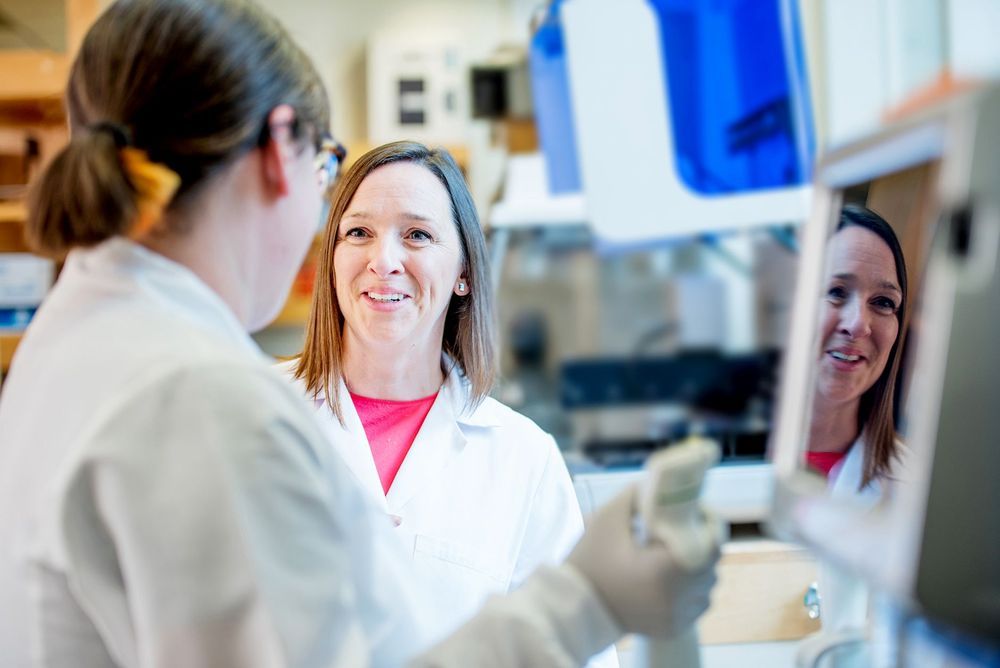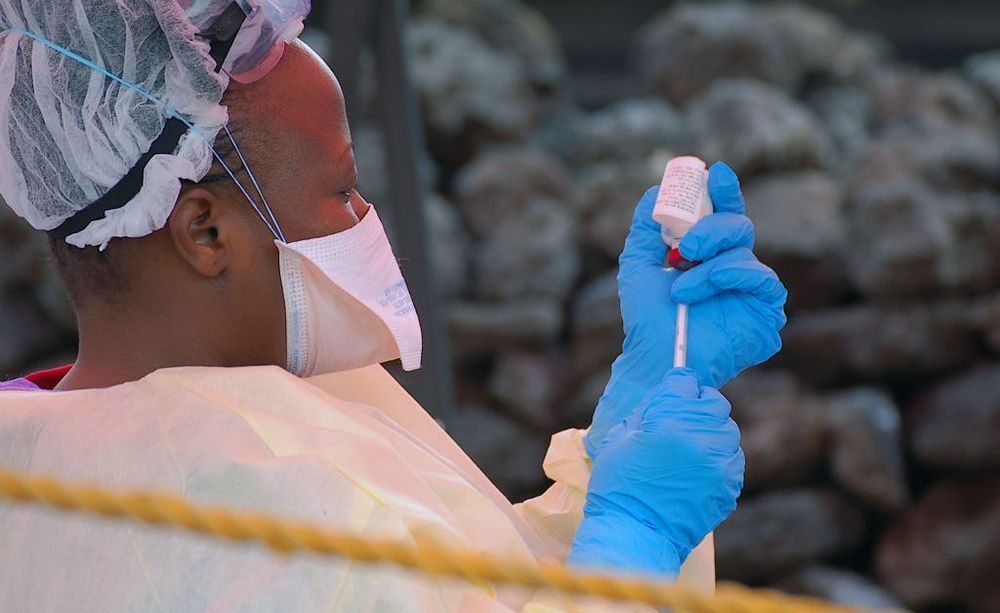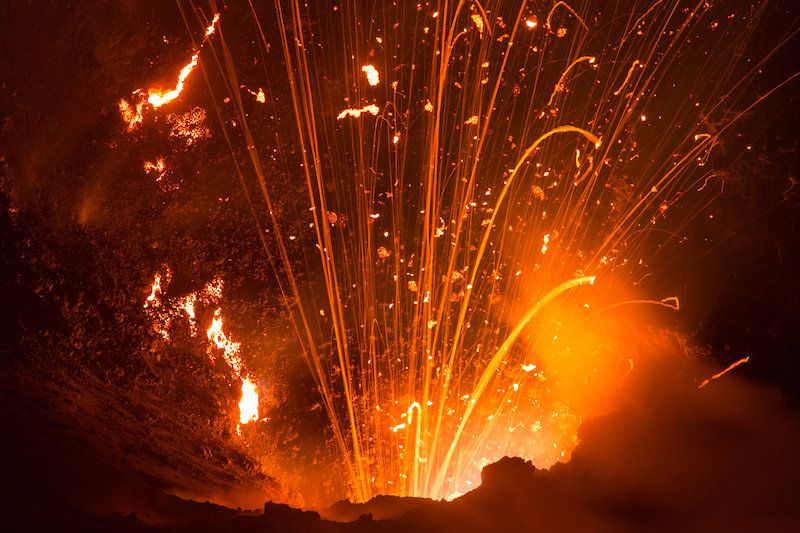Aug 13, 2019
Gift Launches New UCSF Benioff Center for Microbiome Medicine
Posted by Genevieve Klien in categories: biotech/medical, genetics, health
Faculty engaged in microbiome research across campus have previously shown that our microbiome plays a key role in defining human health. For example, microbial dysfunction in the infant gut – characterized by the enrichment of particular microbial genes and their products – drive immune dysfunction and can be used to predict the development of allergy and asthma in childhood. Perturbed microbial ecosystems across the human body have been linked to autoimmune disease, metabolic syndromes such as obesity and diabetes, skin diseases, and even multiple sclerosis. Gut microbes can even contribute to metabolizing drugs and influence how much enters the circulation.
Leveraging this expertise and collaborations with UCSF Benioff Children’s Hospitals in Oakland and San Francisco and institutions nationwide, the UCSF Benioff Center for Microbiome Medicine aims to develop a holistic understanding of our earliest interactions with microbes in utero, through birth, and in early life. These efforts aim to find ways of predicting and preventing not only asthma and allergy, but other childhood diseases – including dermatological, gastrointestinal, respiratory and neurological disorders.
“At the same time that we are developing therapeutic strategies to restore microbial ecosystems once they have been damaged,” Lynch said. “We also need to find ways to intervene in at-risk populations in very early life to prevent chronic diseases before they start.”


















